Growth in Plastics Production
The Butadiene Market is significantly influenced by the growth in plastics production, particularly in the manufacturing of polystyrene and acrylonitrile-butadiene-styrene (ABS) plastics. These materials are widely utilized in various applications, including consumer goods, electronics, and construction. The increasing demand for lightweight and durable plastic products is driving the expansion of the plastics market, which is expected to witness a CAGR of around 5% in the coming years. As butadiene serves as a key feedstock in the production of these plastics, the growth in the plastics sector is likely to bolster the Butadiene Market, creating new opportunities for manufacturers and suppliers alike.
Expansion of the Chemical Industry
The Butadiene Market is poised for growth due to the ongoing expansion of the chemical industry. As various sectors, including automotive, construction, and consumer goods, continue to evolve, the demand for chemical intermediates, including butadiene, is expected to rise. The chemical industry is projected to grow at a CAGR of approximately 3.5% over the next several years, driven by innovations and increased production capacities. This expansion is likely to create a favorable environment for the Butadiene Market, as manufacturers seek to meet the rising demand for butadiene-derived products, thereby enhancing market dynamics and competitive positioning.
Rising Demand for Synthetic Rubber
The Butadiene Market is experiencing a notable increase in demand for synthetic rubber, primarily driven by the automotive and tire manufacturing sectors. Synthetic rubber, which is derived from butadiene, is essential for producing tires that offer enhanced performance and durability. As the automotive industry continues to expand, particularly in emerging markets, the demand for high-quality synthetic rubber is expected to rise. Reports indicate that The Butadiene Market is projected to grow at a compound annual growth rate (CAGR) of approximately 4.5% over the next few years. This growth in synthetic rubber consumption directly correlates with the increasing production of vehicles, thereby propelling the Butadiene Market forward.
Increasing Focus on Sustainable Practices
The Butadiene Market is witnessing a shift towards sustainable practices, driven by growing environmental concerns and regulatory pressures. Companies are increasingly adopting eco-friendly production methods and exploring bio-based alternatives to traditional butadiene sources. This trend is likely to reshape the market landscape, as consumers and manufacturers alike prioritize sustainability in their purchasing decisions. The rise of green chemistry and the development of renewable feedstocks are expected to create new opportunities within the Butadiene Market. As sustainability becomes a key driver of innovation, companies that embrace these practices may gain a competitive edge, further influencing market dynamics.
Technological Innovations in Production Processes
Technological innovations in production processes are playing a crucial role in shaping the Butadiene Market. Advances in extraction and refining technologies are enabling more efficient and cost-effective production of butadiene. For instance, the development of new catalytic processes and the optimization of existing methods are likely to enhance yield and reduce waste. These innovations not only improve the economic viability of butadiene production but also align with sustainability goals by minimizing environmental impact. As these technologies become more widely adopted, they are expected to drive growth in the Butadiene Market, allowing producers to meet the increasing demand while adhering to stricter environmental regulations.
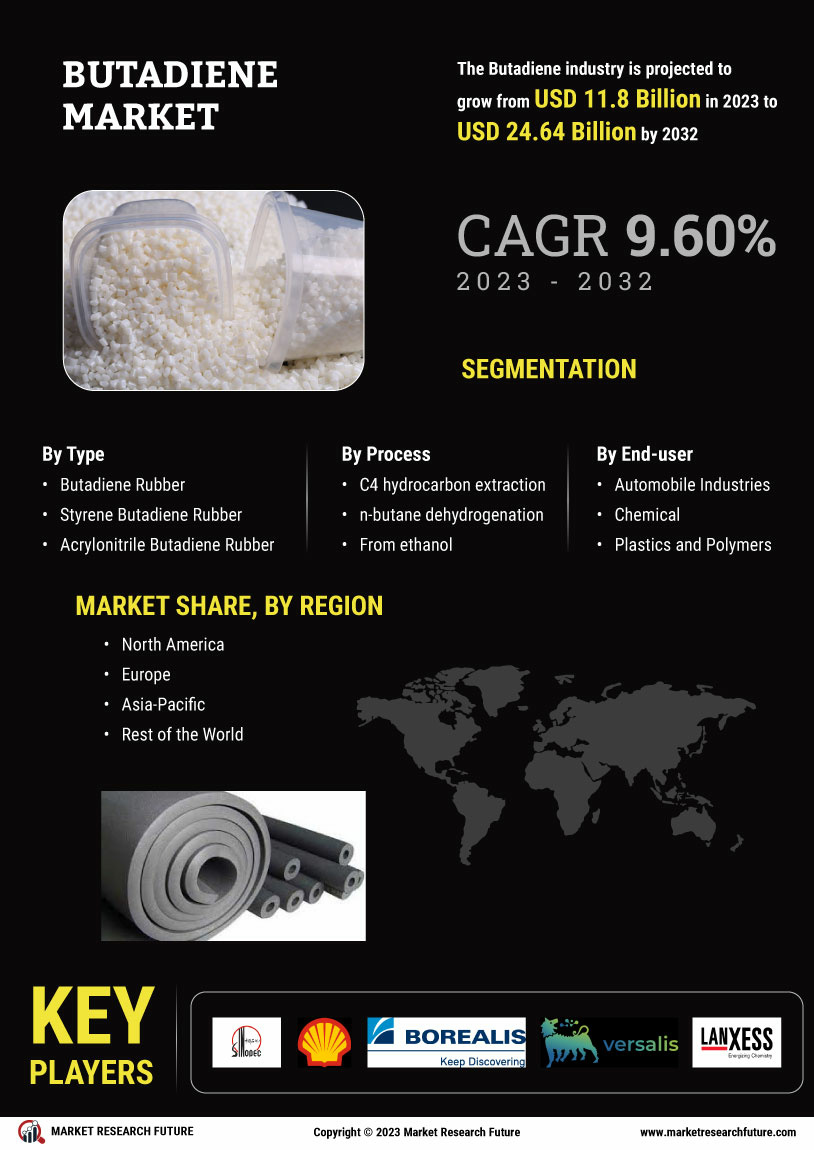

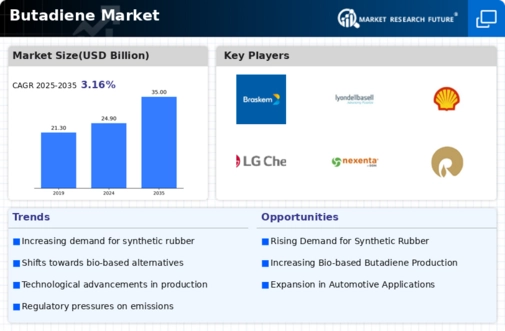
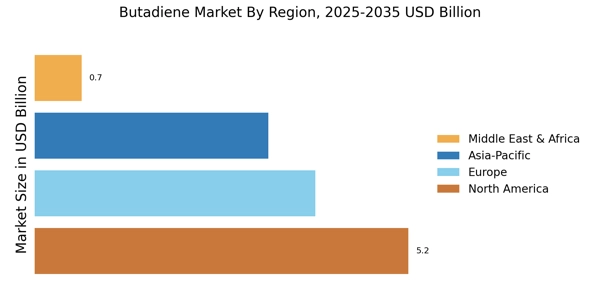
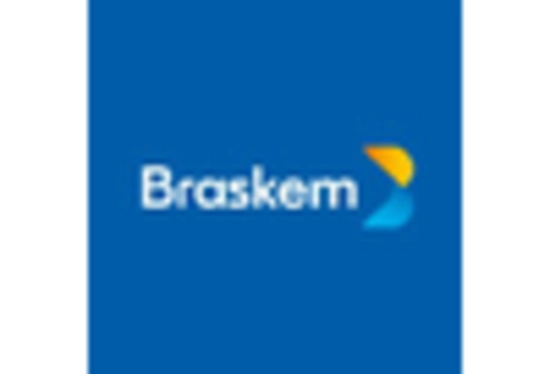
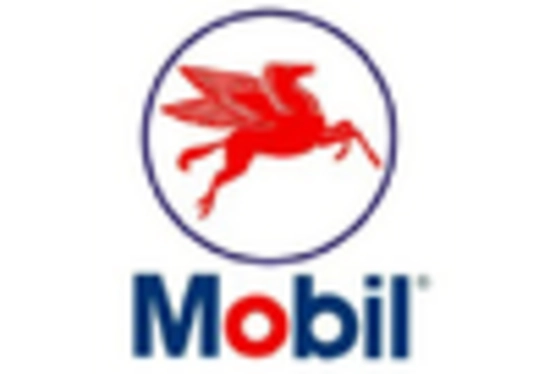
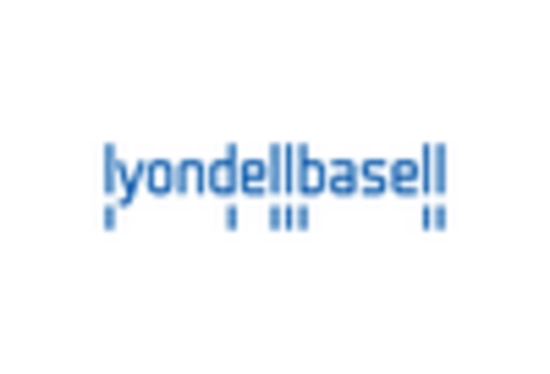
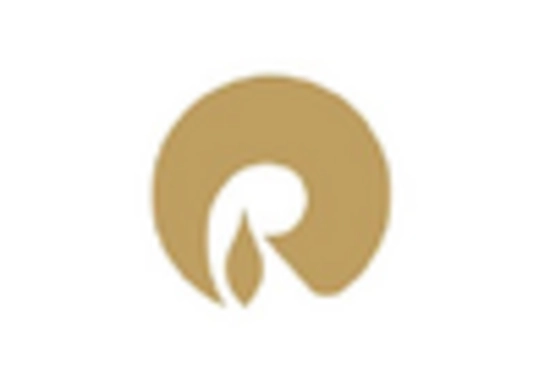

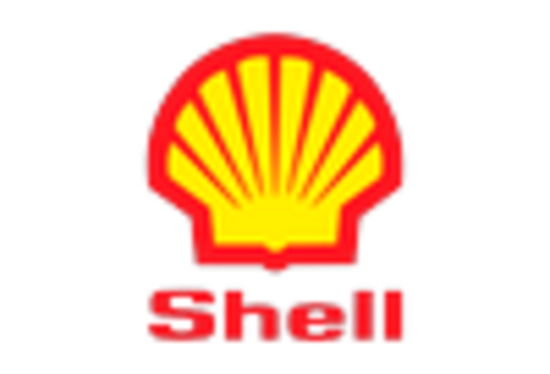








Leave a Comment